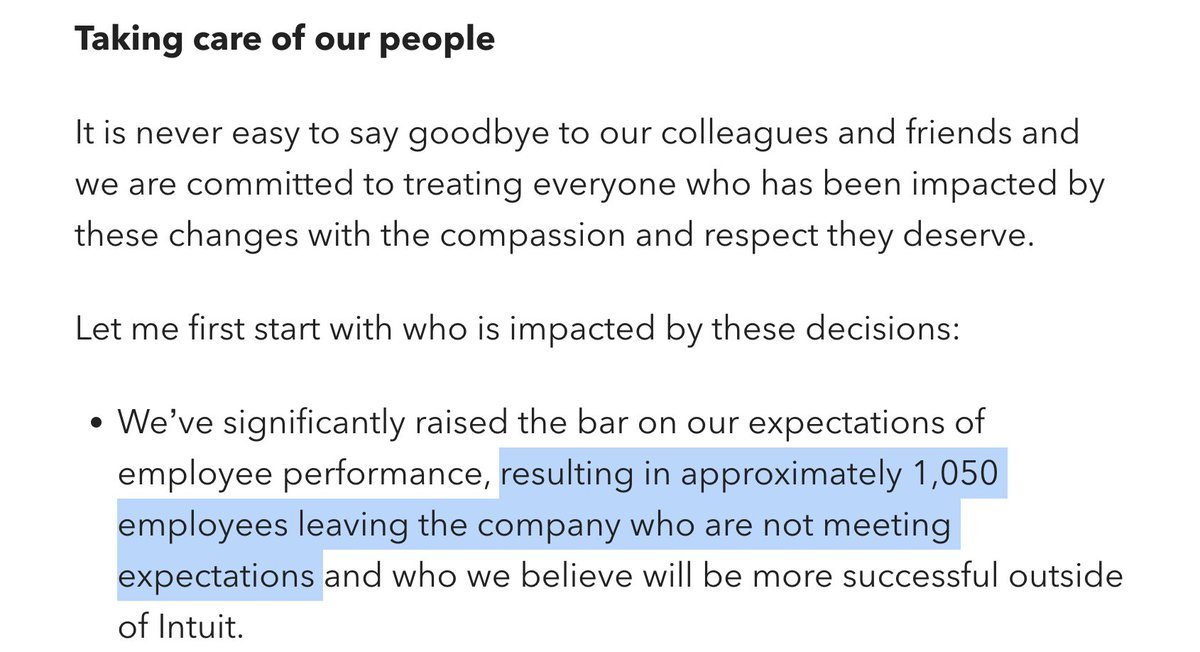Sublime
An inspiration engine for ideas
Culturally, what is one thing you have paid most attention to? Rashid: We had a company meeting every Friday at five-thirty, where I got up and I talked about things which most companies and CEOs usually don’t talk about. And, I did that to show transparency. I talked about the current state of affairs, future plans, projections, ideas we were
... See moreTarang Shah, Tarang Shah, Sheetal Shah • Venture Capitalists at Work: How VCs Identify and Build Billion-Dollar Successes
As CEO, you spend almost all your time on people problems and communication. You’re trying to navigate a tangled web of professional relationships and intrigues, listen to but also ignore your board, maintain your company culture, buy companies or sell your own, keep people’s respect while continually pushing yourself and the team to build
... See moreTony Fadell • Build: An Unorthodox Guide to Making Things Worth Making
I would also add that don’t be afraid to have someone play the role of the Wolf. It’s inevitable, and it is better for the CEO to delegate this than take it on themselves, because it’s not the most leveraged use of their time.
Elad Gil • High Growth Handbook: Scaling Startups From 10 to 10,000 People
In conversation: The CEO moment
But knowing that the CEO was personally fielding calls from angry customers when they could not find someone to speak with in his department would provide all the incentive he needed, and she knew it.
Randall E. Stross • eBoys: The First Inside Account of Venture Capitalists at Work

on Being a CEO & Fundraising
ESG • 6 cards